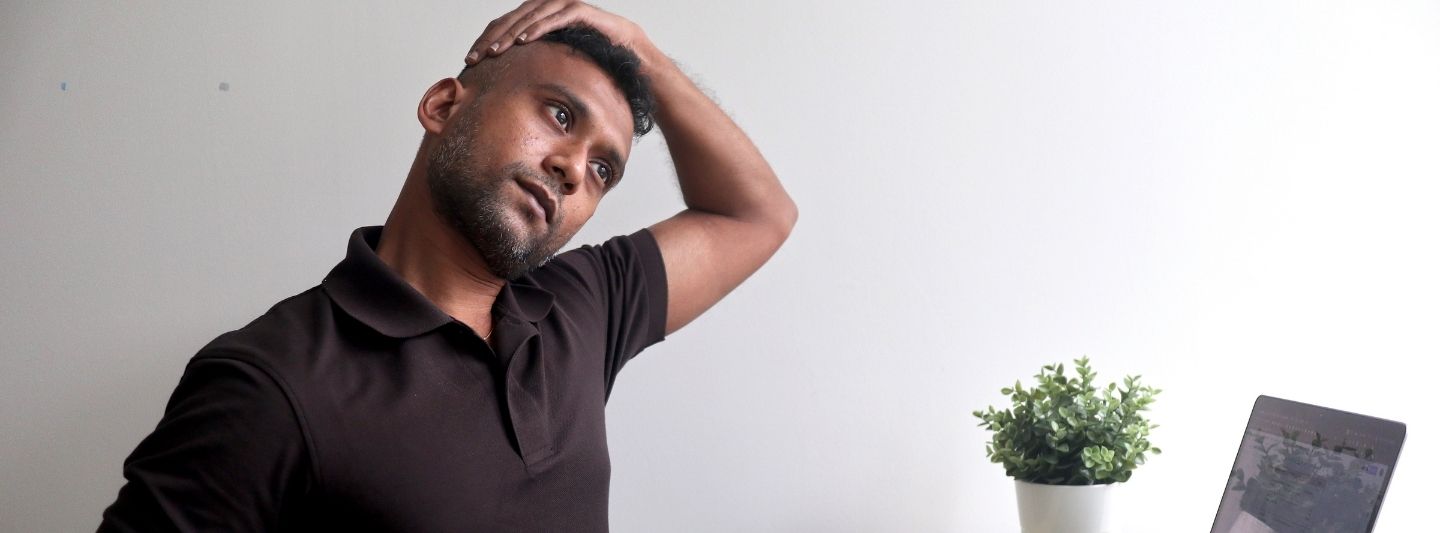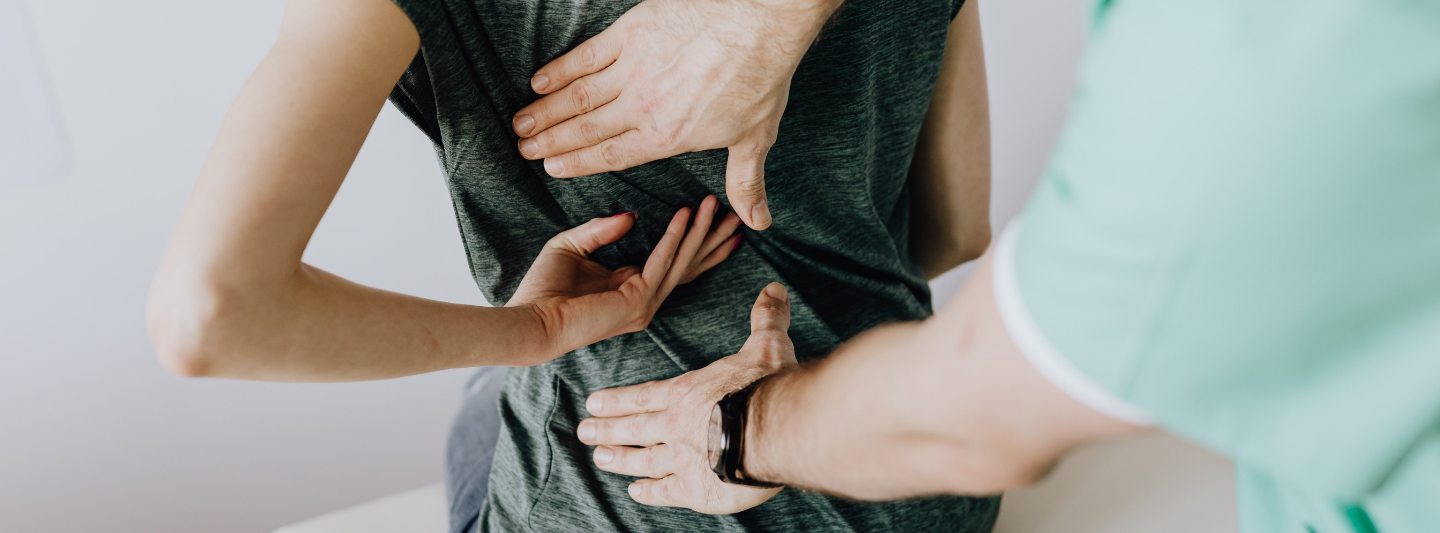Lower back pain occurs more often than one might think. While one might associate lower back pain with the elderly and old age, it can occur in people of all ages.
Read on as Physiotherapist Kalidass from PhysioDass Spine & Sports Rehab brings us through the common causes leading to lower back pain and why it is vital to get an early diagnosis.
In fact, almost everyone has experienced an episode of low back pain or recurrent episodes of low back pain. Statistics show that lower back pain afflicts approximately 80 % of the adult population some time or other in their lives. A mild episode of low back pain could last only several hours or a day or two. On the contrary, a severe low back pain episode can last for as long as 6 weeks from the initial onset. The recent changes to the majority of the individuals working from home have also given a rise in low back pain episodes.
It is of utmost importance for an early diagnosis for low back pain, due to the source of pain could be from multiple structures and exclusion of Specific disorders which require immediate medical attention. For example, some individuals could experience some of the symptoms such as persistent pain, numbness, weakness, bladder and bowel problems, saddle anaesthesia, fever and unexplained weight loss.
The main causes for Non-Specific low back pain include:
1. Traumatic injury
Lower back pain can be caused by traumatic injuries resulting from something as simple as a fall and any direct impact on the spine during physical or sporting activity. It can also happen in more serious accidents, such as a fall from height or car accidents.
2. Sprain or Strain
Common causes of sprains and strains occur due to repetitive overuse of the spinal muscles. Individuals may experience pain in movement that eases with rest. However, upon physical examination by a clinician, it may reveal a restricted range of motion with or without pain, with swelling around the spinal muscle and tenderness upon palpation. Individuals who frequent the gyms often overload their spinal muscles without progressively strengthening the weak muscles and are at a higher risk of sprain and strains.
3. Postural related
Most common postural related injuries happen due to the fixation of the spine in a specific position for long hours in a stationary position. This is especially common in desk-bound workers and students. Manual workers who are involved in repetitive activities, like lifting and carrying a load may also develop muscle tightness and back injuries over prolonged hours of work with poor posture.
Implications of lower back pain
If untreated, non-specific low back pain can become chronic. Research has shown that an estimated 23% of these patients tend to develop chronic lower back pain, which is defined as consistent pain for three months or more, and up to 33% will likely experience a recurrence within a year.
Individuals who fall into the umbrella of chronic pain are likely to experience fear-avoidance beliefs and pain catastrophising of non-specific lower back pain, which results in a disability to perform low levels of physical activity. This pool of individuals has a prognosis of a longer duration of recovery. Some Individuals might also develop neurological symptoms like weakness, numbness or pain referred to the peripheral areas, like the knee and toes.
Many individuals try to self-diagnose or treat themselves by researching information from YouTube or Google; which could cause more harm than benefit. Most importantly, without a diagnosis, there is no proper pathway for treatment. Furthermore, each individual could respond differently to treatment, thus a physical examination and structured physiotherapy program tailored to the individual for effective management of low back pain.
Ultimately, there are no fixed recipes. It is essential to seek medical attention if the lower back pain does not resolve in two to three days. Early medical attention could also prevent the worsening of symptoms and expedite the recovery process.
Experiencing lower back pain? Contact Kalidass now to book a session!

Featured Contributor:

With an M. Adv. in Clinical Physiotherapy (Musculoskeletal) from Australia, Kalidass, known as Dass, has 9 years of experience working at public hospitals and private clinic settings treating Musculoskeletal conditions, Sports injuries and Post-operative management. He has served with Team Singapore as a physiotherapist in the medical team in SEA Games and ASEAN Para Games in 2015.
Dass gains satisfaction in rehabilitating clients back to their functions and sporting activities to their optimum level. His interest in Musculoskeletal is further pursued by specialising in Clinical Physiotherapy at the University of South Australia (Masters of Advanced Clinical Physiotherapy). He also enjoys giving public health talks to the community and corporates. In his spare time, he enjoys playing football, boxing and yoga. Walking the talk about fitness, Dass has participated in Physique War 2019 Men’s Physique Competition.
Connect with Kalidass on Facebook and Instagram.
You can also learn more about his massage therapy by clicking here to enquire.



